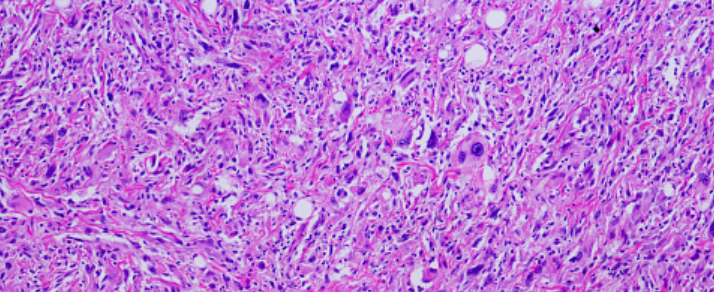Photo Credit: Piotrekswat
The following is a summary of “Association between left ventricular systolic function parameters and myocardial injury, organ failure and mortality in patients with septic shock,” published in the January 2024 issue of Critical Care by Blixt et al.
Left ventricular ejection fraction (LVEF) often fails to predict outcomes in septic patients. New modalities like LV longitudinal strain, mitral annular plane systolic excursion (MAPSE), and LV longitudinal wall fractional shortening (LV-LWFS) might offer superior sensitivity for detecting LV dysfunction.
Researchers conducted a retrospective study to assess the correlation between five echocardiographic parameters (LVEF, peak tissue Doppler velocity at the mitral valve (s’), LVLS, MAPSE, and LV-LWFS) and outcomes in ICU patients with septic shock, providing valuable insights into their prognostic significance.
They investigated 152 ICU-admitted septic shock patients from two data repositories who underwent transthoracic echocardiograms within 24 hours of admission. Primary outcome was myocardial injury (high-sensitivity troponin) T ≥ 45 ng/L. Secondary outcomes were organ support-free days (OSFD) and 30-day mortality. Prognostic value of systolic function parameters was assessed via multivariable analysis.
The result showed that LVLS, MAPSE, and LV-LWFS were different between patients with and without myocardial injury, unlike LVEF and s’. With adjustments for various factors, including age, pre-existing cardiac disease, Simplified Acute Physiology (SAPS3) score, Sequential Organ Failure Assessment (SOFA) score, plasma creatinine, and right ventricular dysfunction, only MAPSE and LV-LWFS maintained independent associations with myocardial injury. No systolic function parameters exhibited associations with organ support-free days (OSFD) or 30-day mortality.
Investigators concluded that MAPSE and LV-LWFS independently correlated with myocardial injury, surpassing LVEF, s’, and LVLS, while their association with critical outcomes like organ support necessity and short-term mortality remains uncertain.
Source: annalsofintensivecare.springeropen.com/articles/10.1186/s13613-023-01235-5












Create Post
Twitter/X Preview
Logout